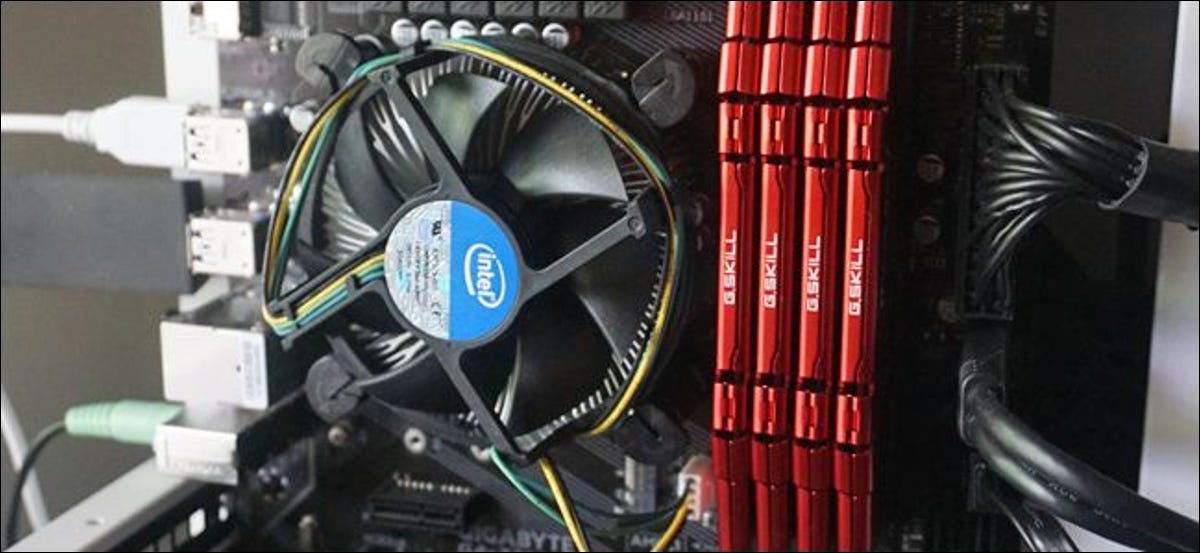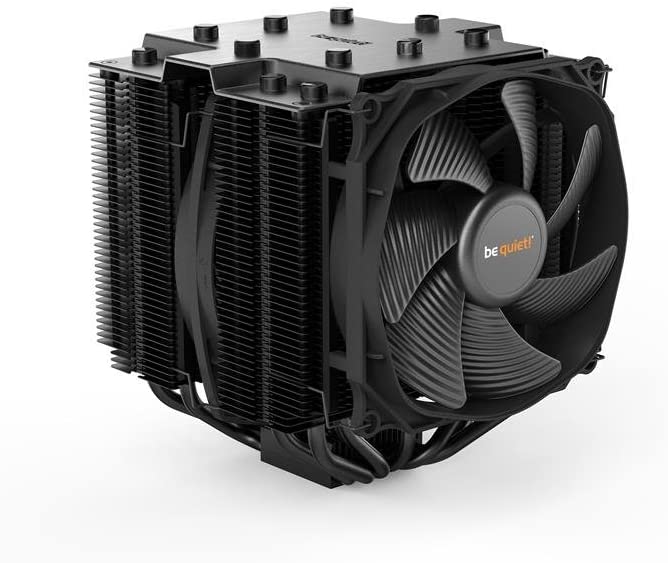
What is the purpose of a liquid cooler for a gaming PC?
When pushing your PC to its limit, cooling is of the most importance. Whether you are gaming at max settings or rendering 4k video, your components really can heat up. Selecting the right temperature control solutions can help to keep your components cool and prevent overheating. Customizing your cooling system is also a great way to personalize your PC and make it stand out. When it comes to cooling your PC, the two most common options include liquid cooling and air cooling. In this post, we’ll compare the two and highlight the pros and cons of each so you decide which is best for your machine.
Liquid Cooling
The flashier option for temperature management, liquid cooling offers incredible performance coupled with a visual appeal that no other cooling system can match. In these systems, liquid (typically water) transfers heat from components and is also generally far better at heat management than air alone.
Liquid cooling systems are available in many variations but are mostly noticed in an All-in-One (AIO) system configuration. AIO systems include all the parts you will need as a pre-bundled component that you can simply screw onto your machine. This gives an affordable solution that is straightforward for some users to install on their own.

Alternatively, you can create your own custom liquid cooling loops. Just note that custom loops can be fairly expensive to implement as well as. Custom loops have their place but are usually only seen in the top percentile of powerhouse machines. Because of this, this guide will focus primarily on AIO liquid cooling solutions.
Shop Liquid Cooling Systems
How Does It Work?
Liquid cooling works very much like a radiator in your car or home. These systems circulate liquid through “water blocks” which rest together with the chip that will be cooled. The relatively cooler liquid circulating through the water block pools the heat away from the chip, cooling it. Thermal paste and a baseplate rest between the water block and CPU to help enhance the heat transfer properties. The heated fluid is pumped to the radiator, where fans expose it to cold air. The re-cooled fluid is then returned to the water block to be heated, and the cycle repeats.
Liquid Cooling Pros
Quiet operation. Fans in radiators tend to rotate slower and quieter than those attached to heatsinks on air coolers. This makes liquid cooling a PC suitable for users concerned with acoustics.
Best heat regulation. Liquid cooling allows you to push your PC components to the absolute limit while maintaining safe temperatures. It’s the best cooling option for overclocking.
Visually impressive. Many water blocks feature LED screens or RGB elements that sync with radiator fans or other PC components to improve your machine’s aesthetic.
Liquid Cooling Cons
Expensive. Due to their more complex nature, even the most basic AIO liquid cooling system is more costly than its air-cooling counterpart.
Complicated installation. Installing liquid cooling in your personal computer can certainly be a daunting task, specially when implementing custom systems. You can find multiple pieces that require to be delicately connected within your machine.
Possible problems and maintenance. Liquid cooling is a lot more complex than air cooling, which does mean there are more areas when a liquid cooling device can fail. Leaks can be catastrophic and failure to properly maintain your device could bring about component damage.
Air Cooling
While they might not be quite as effective as liquid cooling systems, air cooling systems remain a viable option. Actually, they are the most frequent type of cooling system used in PC’s today. PC air cooling systems are consistent, cost-efficient, and easy to set up. They offer the safest way to cool your PC while requiring minimal amount of maintenance. Air cooling is ideal if you are hoping to create a PC quickly at less cost.
One thing to keep in mind when purchasing an air cooler is that they have a tendency to be larger and take up more room in the case. Just make sure to check on the dimensions of the system before purchasing and measure the available space where you hope to install. Some air systems have RGB options such as fans or accents, but most feature a more commercial look sporting a huge heat sink.
Shop Air Cooling Systems
How Does It Work?
Like with liquid cooling, a plate is mounted on the CPU with thermal paste between. Heat is transferred through this plate to a specially designed little bit of metal called a heat sink. Heat passes through the metal upwards due to its specialized design. A fan then pushes the warm air made by the heat sink away from the CPU and other critical components. The attached fan will automatically spin faster to increase cooling when needed.
Air Cooling Pros
Cost-effective. Air cooling is the most cost-efficient way to cool a CPU. Money saved on air cooling can be spent elsewhere in the build.
Sufficient for most users. Air cooling works just fine for most tasks. In most cases, high temperatures will never be a problem unless you are pushing your PC to its limits. Activities such as 4k gaming or detail-heavy rendering, however, may be too much for air-cooled machines.
Easy to install. Installing an air cooler is often as easy as securing some screws and properly plugging in a cable. You don’t have for filling liquids or stretching hoses, which saves amount of time in the build.
Air Cooling Cons
Takes up space. Air coolers take up quite somewhat of space in the center of the case and can make accessing other regions such as RAM a problematic and tedious task.
Loud. Air coolers need to increase their fan speed to cool your CPU in stressful situations. This can have a significant increase in volume compared to liquid cooling systems.
Not ideal for peak performance. When working with your personal computer for cutting edge gaming or performance-intensive workloads, air cooling may not be enough to cool your components. Overheating can limit the potential of your personal computer and even cause components to fail.
Liquid vs Air Cooling YOUR PERSONAL COMPUTER: Key Factors to Consider
Now that you know the basics of how liquid cooling and air cooling work as well as their pros and cons, here are a few considerations to help expand help you decide which is right for your build:
Cost
The first thing to consider in every PC build is cost. Knowing what your machine is likely to be used for can be key to ensuring you don’t overspend. For example, if your personal computer needs to be powerful but will only run in 1080p, then air cooling could be sufficient, allowing you to save money. On the other hand, if you’ll be using your PC to edit all your 4k videos, then water cooling is likely the better option, letting you cool your components at peak performance.
Overclocking
The process of pushing your system past its base limits is named overclocking. By setting the CPU multiplier at higher frequencies, users can vastly increase their processor and find the absolute best performance off their PC. Most users are not going to be overclocking their CPU, but liquid cooling is ideal for those who are. That’s because overclocking can generate substantially more heat, which might be too much for air cooling systems to take care of.
Size/Clearance
While air coolers take up more space in the center of the truth, liquid cooling radiators can even be quite large. When purchasing an AIO liquid coolant system, be sure that your case has the proper space for the radiator and can run tubes to the CPU.
Likewise, when installing air cooling systems, ensure that your case has the proper clearance. Purchasing an air cooler that is too large could stop your case from closing or even block other components from fitting properly.
Style
For many, building a PC is incredibly personal. Customizing the machine’s look can go a long way to make it feel like “yours.”
Liquid cooling offers limitless ways to stylize your build. Small displays and colored fluid are just a few ways to customize your PC. Just retain in mind that customizations can get expensive quickly and may require greater maintenance. If a full custom cooling system isn’t in your budget, you’ll be very happy to know that you will find many AIO liquid cooling systems with some flashy RGB or LED elements as well.
Air coolers tend to have a less flashy design, because they are primarily a sizable heat sink and plastic fan. Mild RGB accents can help to make air coolers more visually appealing, nonetheless they are rarely seen.

